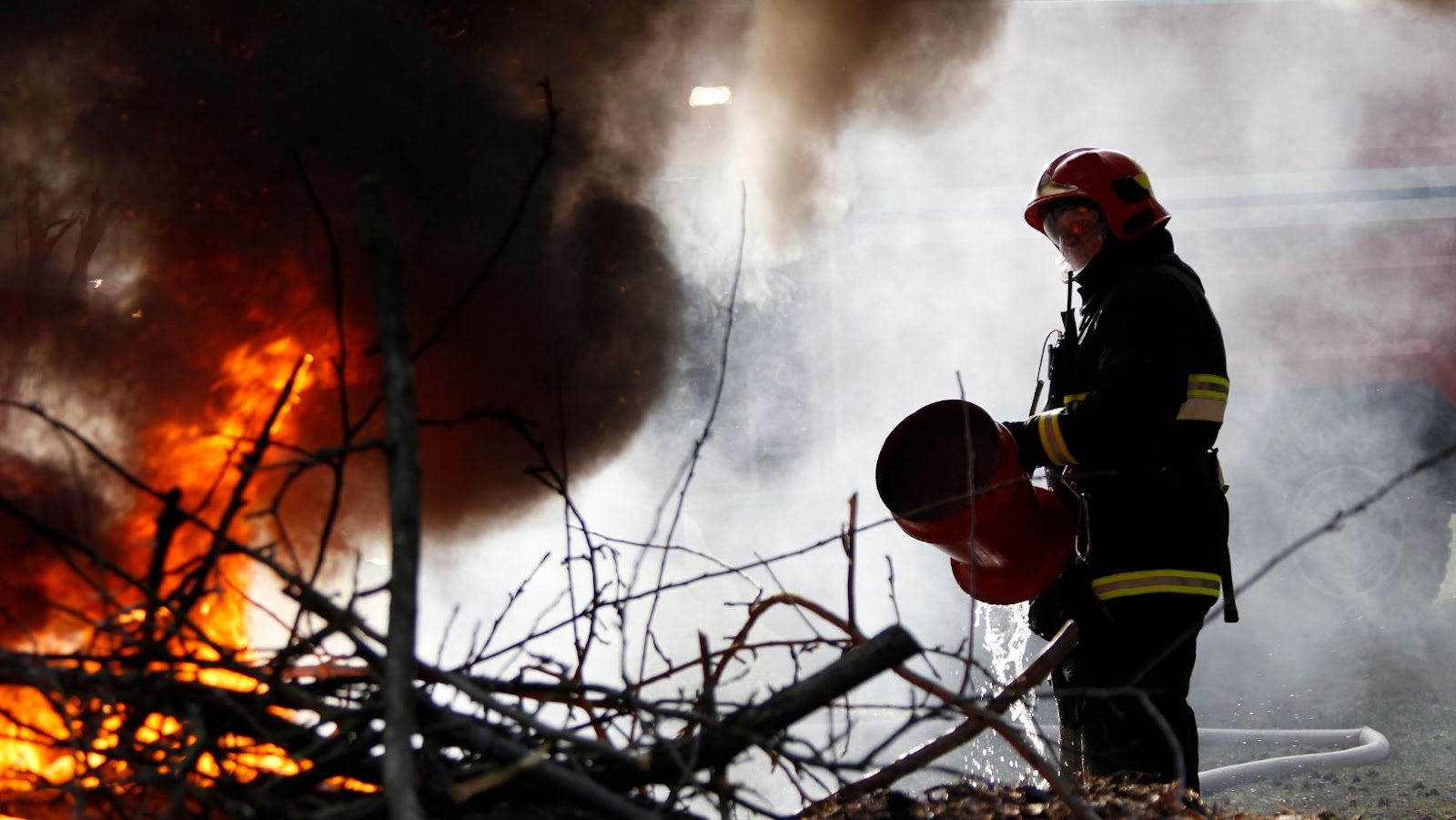5 Factors to Consider Before Buying Trees for a Nursery

Opening a nursery can be a thrilling endeavor full of visions of lush vegetation and a blooming paradise. However, it can only succeed with the right preparation and information. You’ve come to the perfect location if you want to start a nursery or expand your current one with more trees. In this article, we’ve listed five things to consider while purchasing nursery trees.
Whether you’re a gardener, landscaper, or homeowner, there are several ranges of trees to choose from. However, picking the ideal trees for a nursery might be difficult. You may become overwhelmed and make poor decisions if caution is not exercised.
But do not worry! These factors will aid decision-making and help you position your nursery for long-term success. Go on reading!
What Are Nursery Trees?
Nursery trees are an important addition to any landscape or garden. They start life in a growing facility with careful monitoring and nurturing to ensure healthy parent stock. This stock can withstand disease, drought, or damage from nature’s elements.
When planting nursery trees, you can start from seeds or cuttings from another plant. Both methods ensure a high survival rate for the tree when replanted in its intended location. But if you wish to buy these trees instead of planting from scratch, you can explore reputable websites focusing on horticulture.

These platforms offer various mature trees for sale, offering convenience for everyone seeking to enrich their nurseries.
Because these platforms have several mature trees doesn’t mean you can pick anyone randomly. There are many factors to consider, and we’ll be discussing them in the next section.
1. Site Condition
The first thing to consider before buying a nursery tree is site condition. You must understand where in your yard or garden you plan to facilitate its growth. Factors such as sun pattern and wind direction are influential when determining what type of tree will thrive.
Also, recording the light availability for that specific area can be beneficial. It ensures your chosen tree species have adequate access to sunlight or shade, depending on its needs.
Further, consider distances from obstacles when deciding on a location for a new tree. Be conscious of any fixtures nearby that could become damaging if limbs grow too wild. And consider how each landscape feature interacts with each other before investing in a certain species.
2. Purpose and Use
Before buying a nursery tree, consider its purpose in your environment. Knowing what you want from and for the tree is as essential as picking the right species.
In the UK, you can find a wide variety of trees, including both evergreen and deciduous species. The natural forests and woodlands in the UK comprise a diverse range of tree species, each with its characteristics. And each type offers different benefits, depending on their purpose or function.
Trees can provide shade or privacy and attract wildlife when they mature through blossoms and fruit production. They can also act as a windbreak or weather barrier and add beauty to your environment. Whichever result you want, it is critical to consider your requirements.
You can make many mistakes if the wrong type of tree is chosen. This could lead to wasted money and time and an eyesore or hazard that needs removal later on.
3. Healthy Growth
Healthy growth is essential when buying a nursery tree for your yard. As a beginner, inspecting the tree’s health is one of the easiest steps. All you need to do is look for trees with excellent shoot and root growth. This will prove healthy growth, and these are the trees you want to buy for your yard.
Avoid any trees that look in worse condition than others, as these will not provide optimal growth for your nursery.
4. Tree Form (Size and Shape)
The shape and size of the tree species you buy are important when landscaping. Smaller trees, such as ornamental varieties, are great for yards with limited space and can help to enhance a small-scale garden. However, larger trees can stabilize slopes or create shade on wider properties.
In these cases, it is best to consult with UK professionals, as they are well-versed in horticulture and landscaping. They can tell you which tree form best suits your particular environment and needs.
Further, when buying nursery trees, consider their eventual size when fully grown. Large trees may seem appealing at first. But they could eventually cause problems when they reach maturity if there isn’t enough room for them.
5. Soil Conditions
The last on our list is to consider the soil conditions of your nursery. Different soil types all have either positive or negative effects on the growth of tree species. So, it’s important to determine the soil type in your yard before deciding.
In the UK, clay soil is the most common type, which can be heavy and sticky when wet but can become difficult to work with when dry. They have good fertility and can grow a wide range of plants. However, they may need proper management, such as soil amendments and drainage improvements.
Bottom Line
When buying trees for your nursery, you must consider several important factors. From the size and growth rate of the trees to their adaptability to your specific climate, each factor plays a crucial role in the success of your nursery. Considering them ensures you don’t make mistakes, ultimately setting yourself up for success in the industry.







